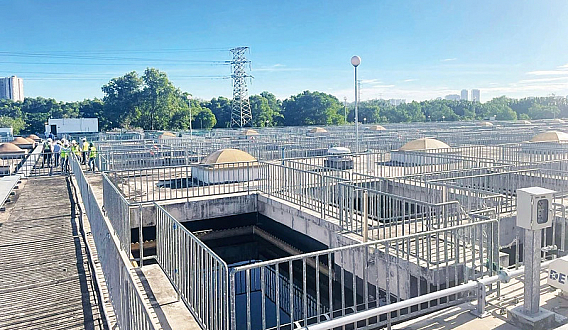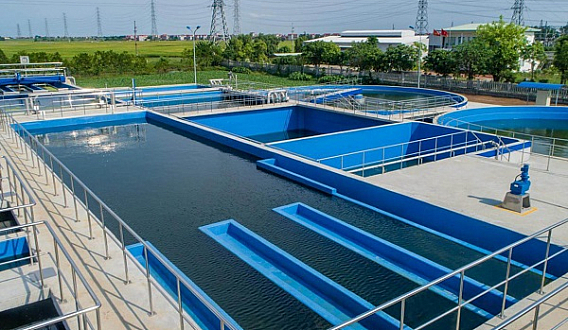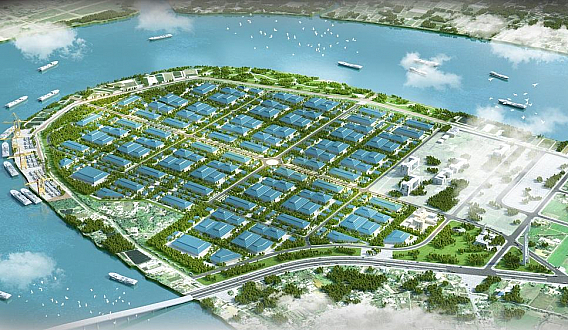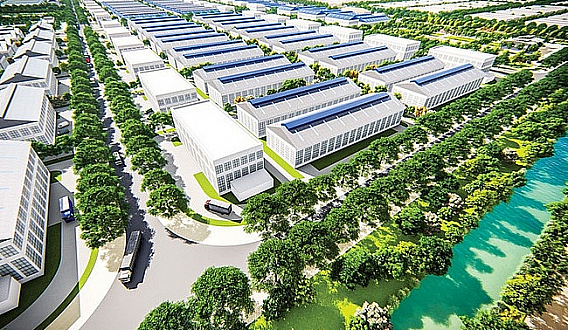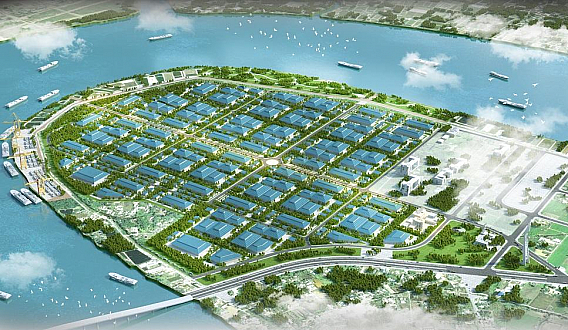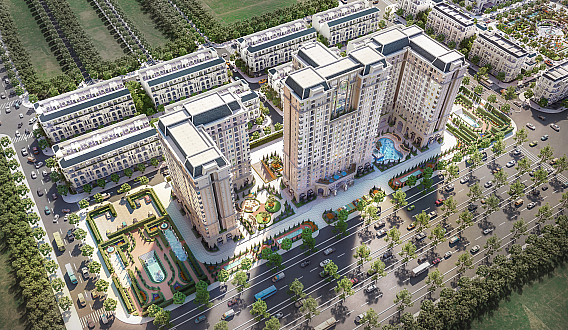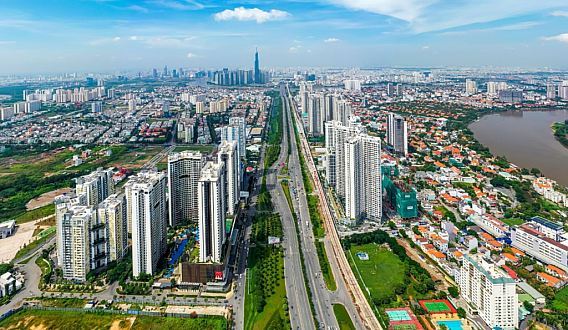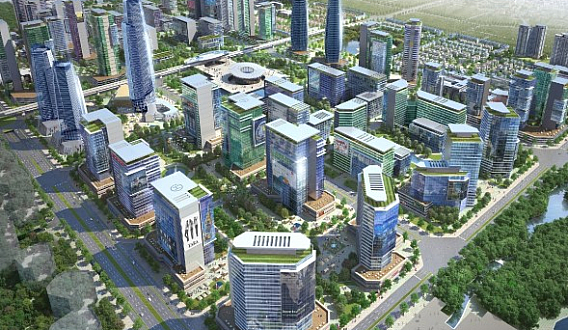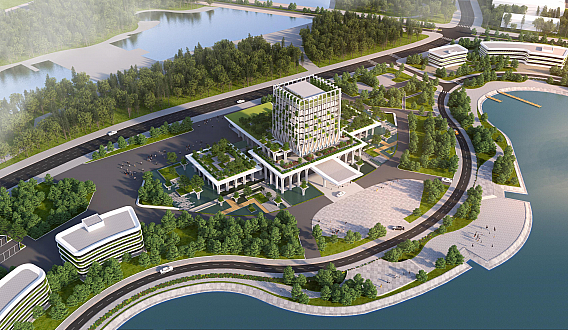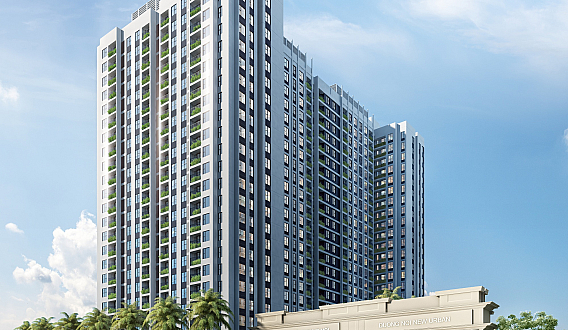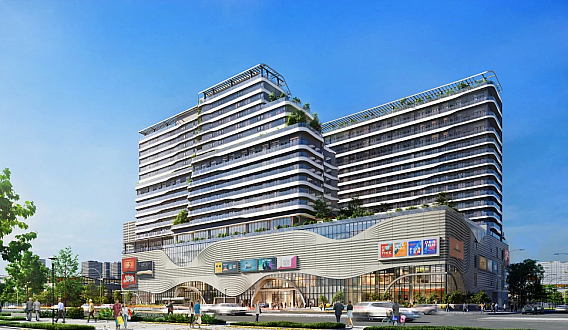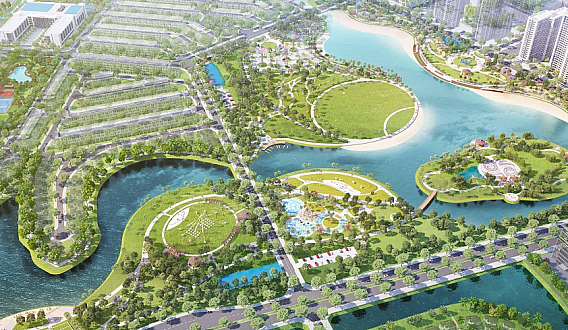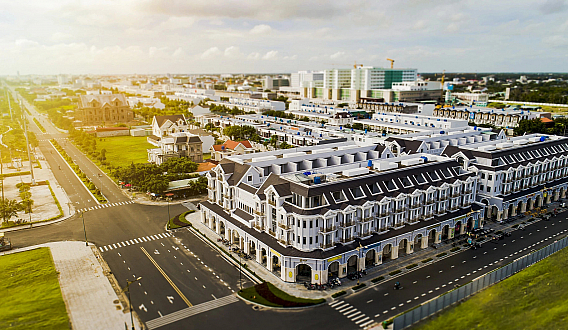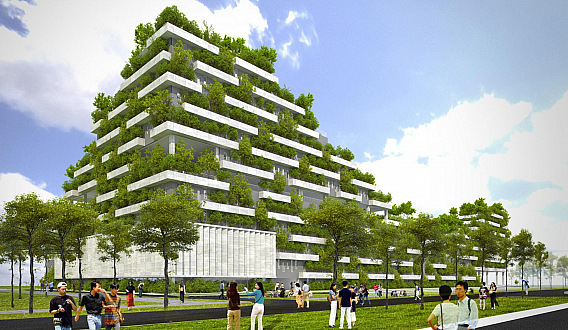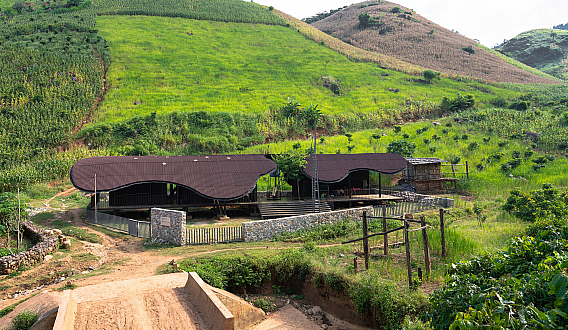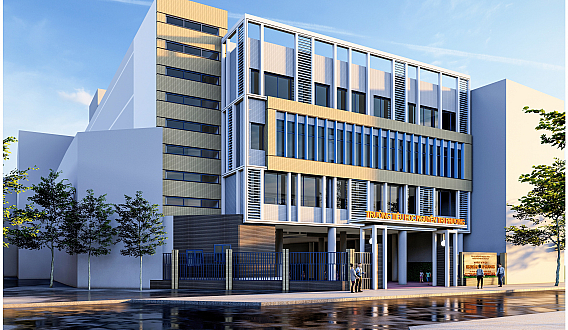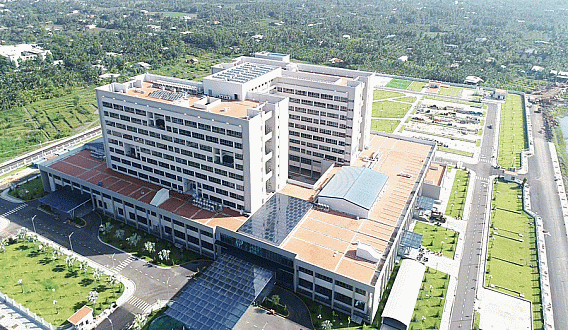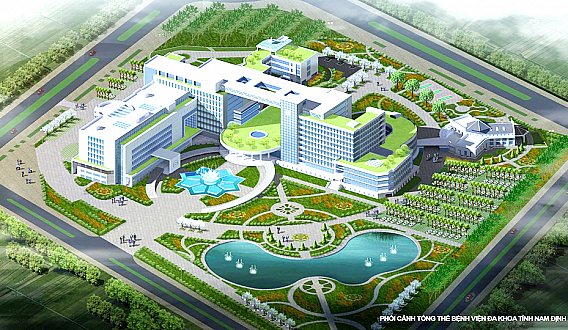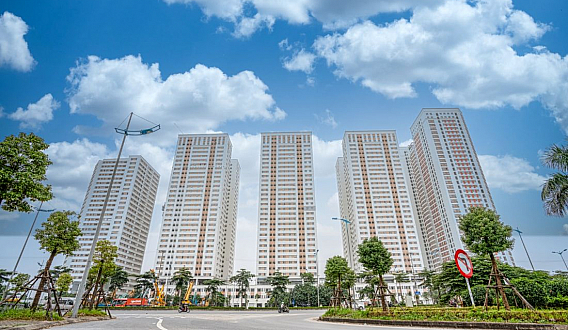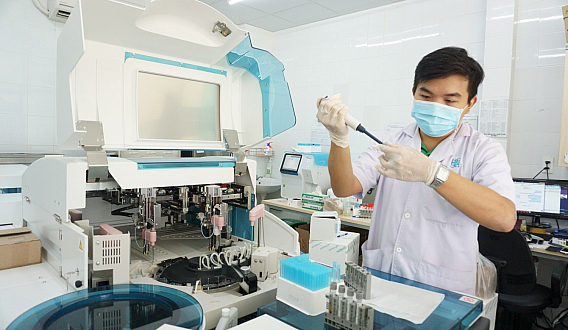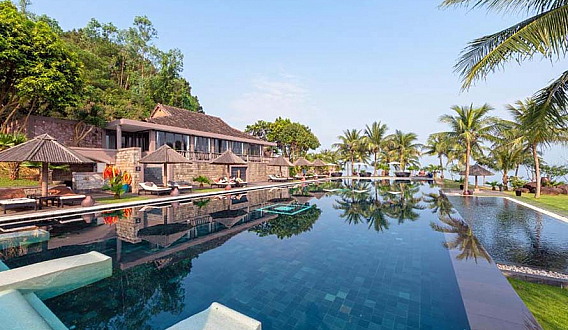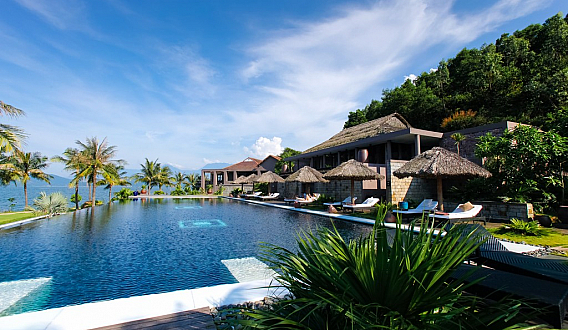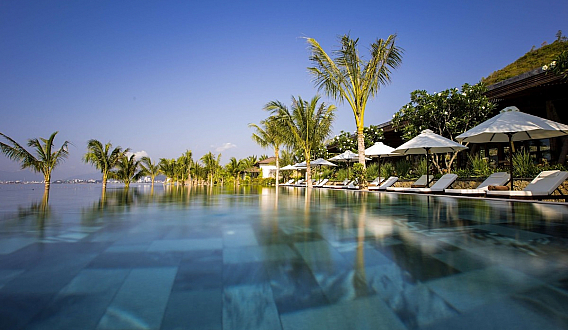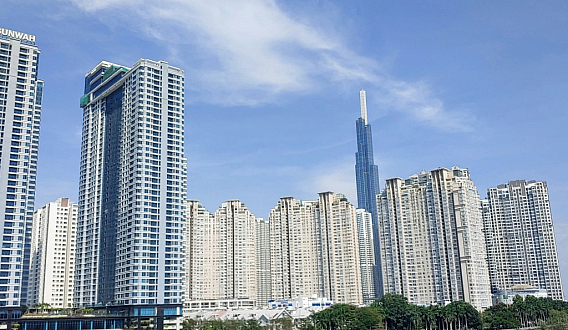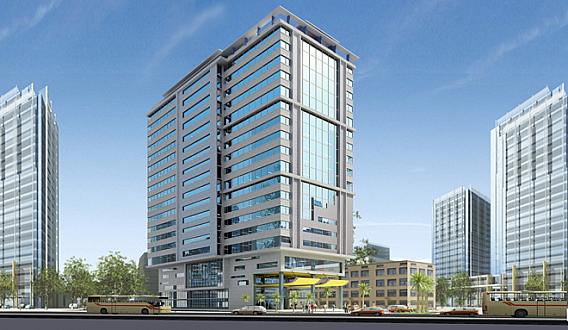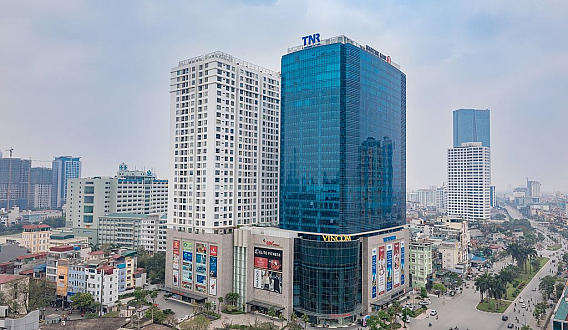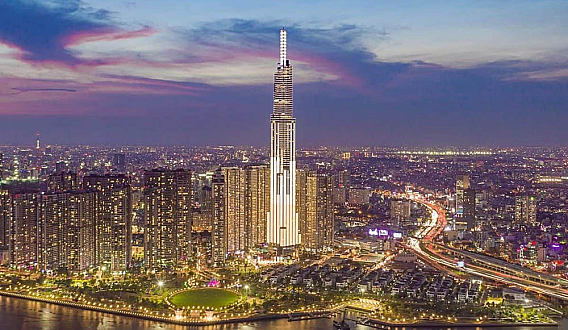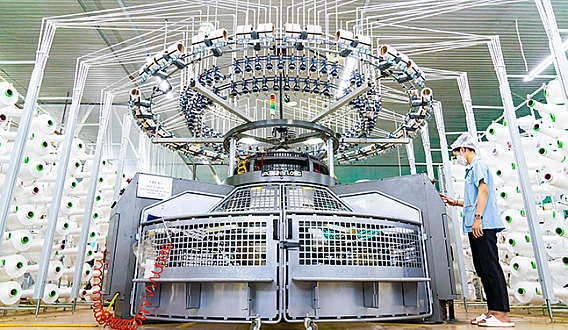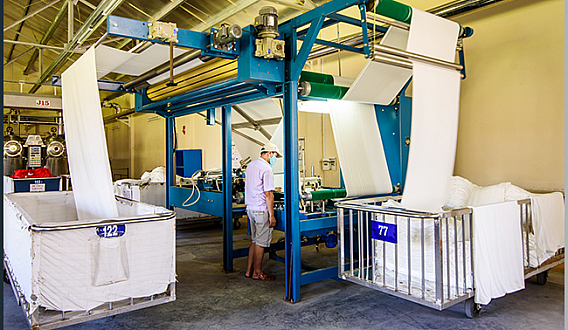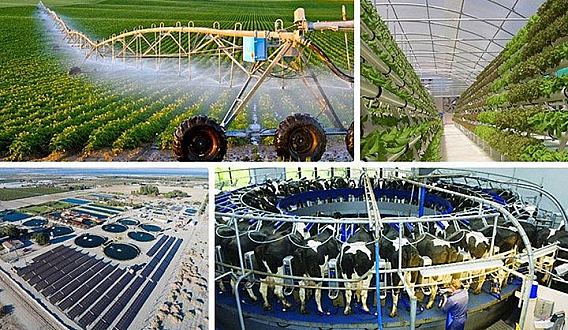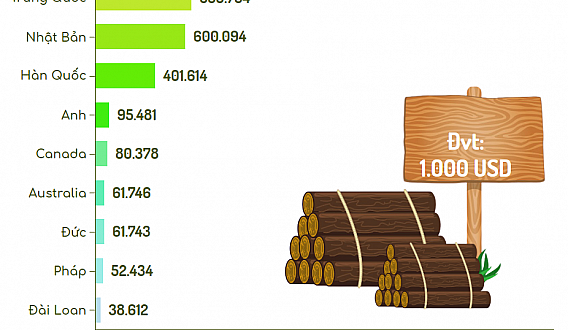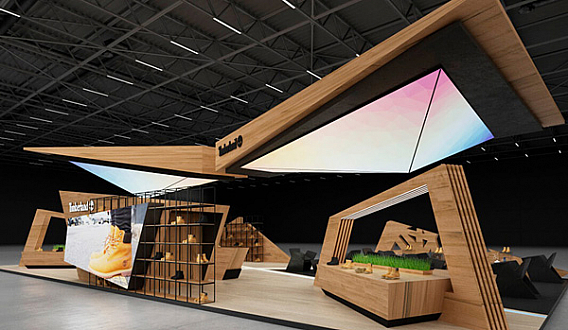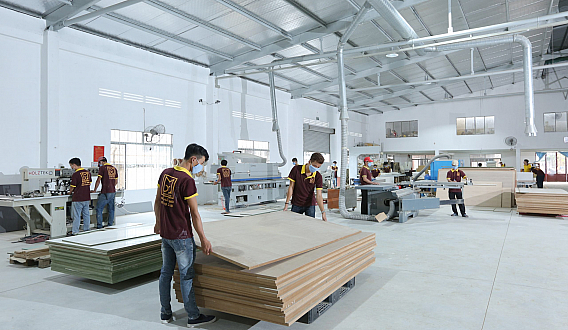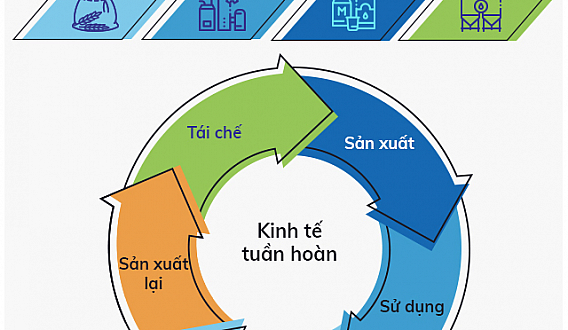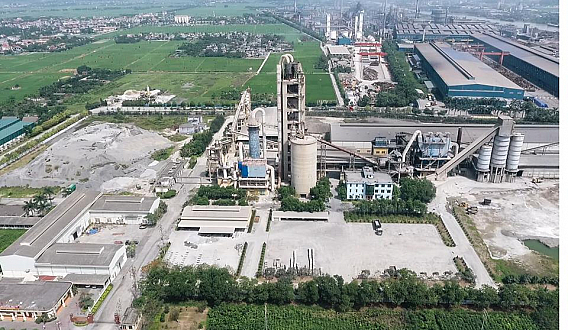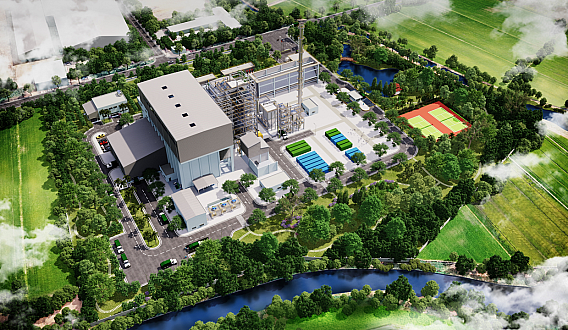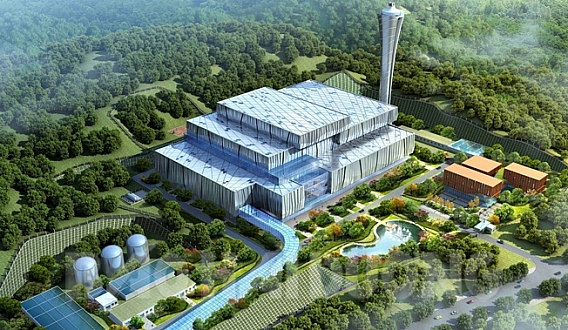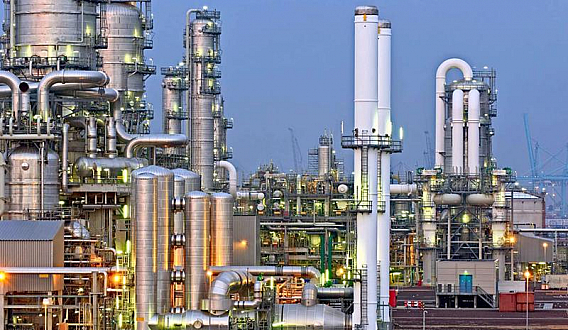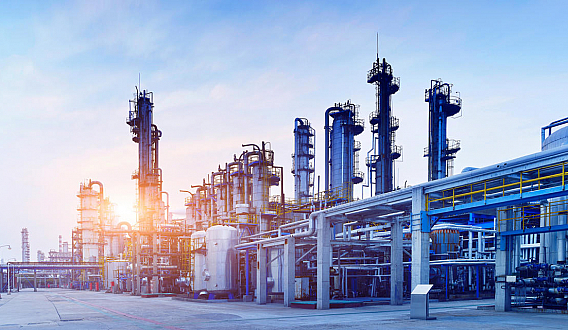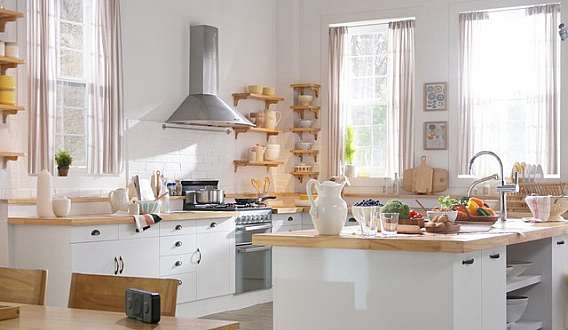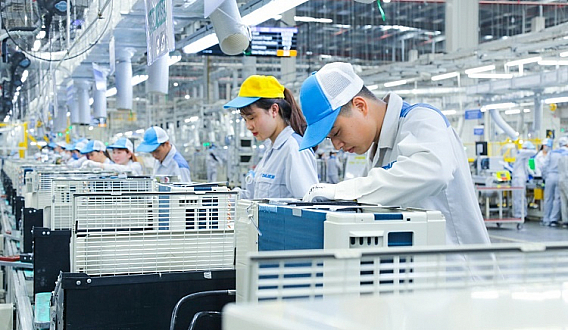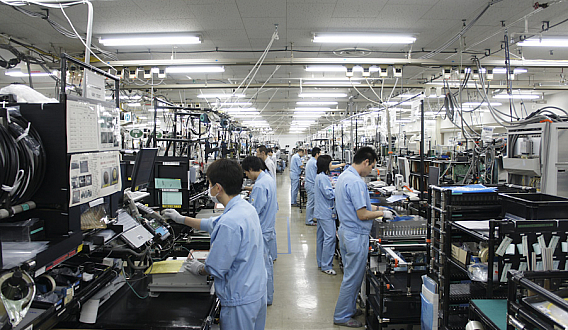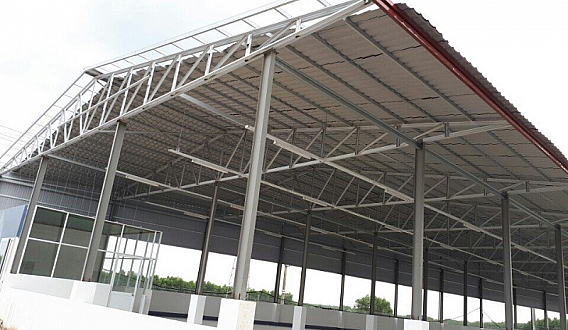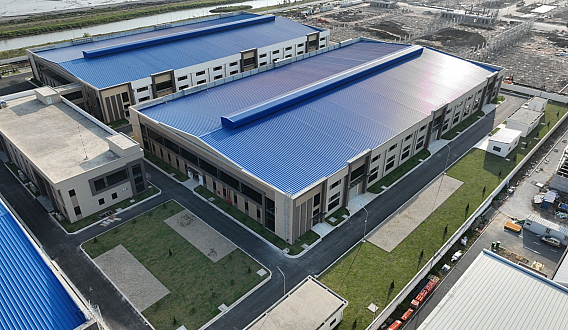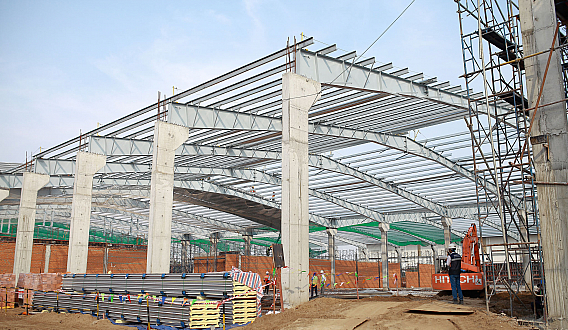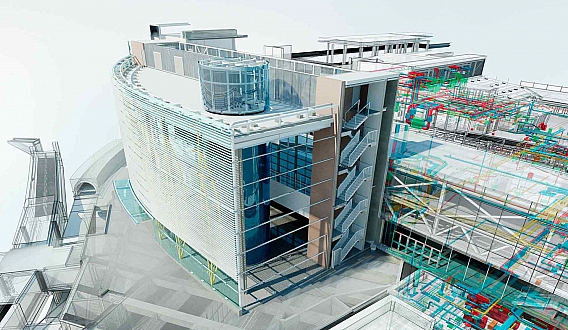Nationwide, there are approximately 3,000 apartment buildings, primarily concentrated in Hanoi and Ho Chi Minh City.
Nationwide, there are approximately 3,000 apartment buildings, primarily concentrated in Hanoi and Ho Chi Minh City.
Regarding the apartment model, Mr. Nguyen Manh Ha, Vice Chairman of the Vietnam Real Estate Association (VnREA), stated that the construction of high-rise apartments began in the early 2000s, but they have significantly developed in the last decade.
From the first high-rise apartments built in new urban areas (NUAs) such as Linh Dam, Dinh Cong, Trung Hoa - Nhan Chinh, and Phu My Hung, with 9 to 10 floors and apartment sizes ranging from 50 to 70 square meters, primarily for residential purposes.
Nowadays, the high-rise apartment model has made remarkable progress, with various types ranging from affordable to luxury, and even super-luxury. Initially, with 9 to 10 floors, they now reach 30, 40 floors, and higher, with apartments designed for mixed-use purposes, including a full range of services and amenities.
According to statistics from the Vietnam Real Estate Brokers Association, in 2018, the supply of apartment units accounted for a significant proportion of the total housing supply in Hanoi and Ho Chi Minh City.
Specifically, in Hanoi, apartments represented 87.3% of the total housing supply, with around 40,000 units. Other types of housing, such as villas, townhouses, and land, accounted for less than 13%. In Ho Chi Minh City, the proportion of apartment units was even larger, accounting for nearly 90% of the total housing supply, with almost 45,000 units.
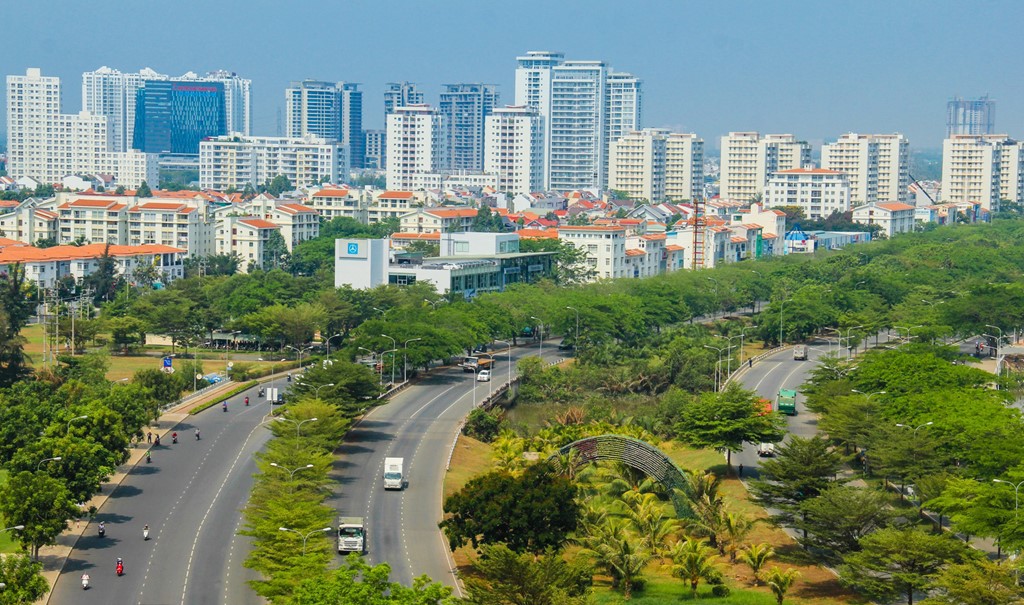
According to the VnREA representative, high-rise apartments are currently being invested and built not only in Hanoi and Ho Chi Minh City but also in other cities nationwide, such as Hai Phong, Da Nang, Can Tho, Thanh Hoa, and Thai Nguyen.
"The robust development of the high-rise apartment model today demonstrates that, in addition to appropriate planning, design, quality assurance, safety, and utility in usage, with prices suitable for various target groups, the management and operation of high-rise apartments have gradually improved and have been accepted by users," said Mr. Ha.
Preliminary statistics indicate that there are approximately 3,000 apartment buildings nationwide, with a significant concentration in Hanoi and Ho Chi Minh City.
However, according to Deputy Minister Nguyen Van Sinh, there are still some limitations and shortcomings in the management, operation, and use of high-rise apartments. Examples include the use of maintenance funds for common ownership, management and operation funds, disputes, complaints related to the organization of apartment meetings, and issues related to determining shared and individual ownership areas.
Some investors lack the capacity to implement projects, transfer projects outside the regulations, violate investment and construction laws, housing laws, and fire prevention and fighting laws. Some investors focus only on the profit from selling apartments without properly addressing post-sale obligations. They may not disclose sufficient information about the project and any changes during the investment process.


